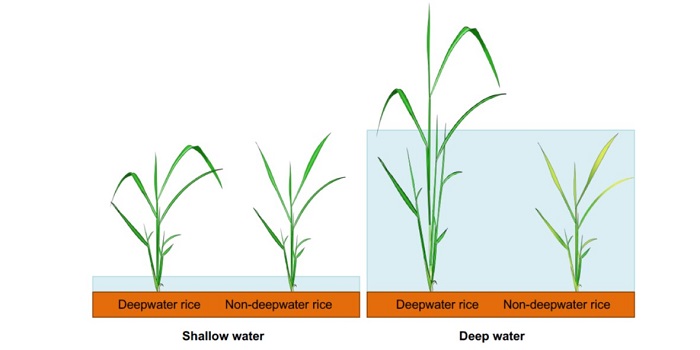
Transcriptome Studies of Deepwater Rice
Rice (Oryza sativa) paddies frequently become submerged during the rainy season in some parts of South and Southeast Asia, such as Bangladesh, India, Thailand, Vietnam, and Cambodia. Submergence stress is harmful to plants. In addition to causing O2- and CO2-deficient conditions by restricting environmental…

Apple Hexokinase Mediates Response to Salinity Stress
Abiotic stresses such as drought, salinity, low temperature, and flooding usually lead to sugar accumulation. It has been reported that the accumulation of Glc, Suc, and Fru under high salinity plays an important role in carbon storage, osmotic regulation, and homeostasis, as well as scavenging of free…

Brassinosteroids and Hydrotropism
Soil water availability is a major constraint for crop growth throughout the world. Hydrotropism, the bending of roots in response to moisture gradients, enables plants to take better advantage of available soil water. In contrast to gravitropism and phototropism which have been studied extensively,…

Transcriptomics of deepwater rice (Plant Physiol)
For most plants, becoming submerged under water can be lethal due to a restriction in gas exchange. One strategy for submergence tolerance is called an escape strategy, such as that employed by deepwater rice; the plant elongates rapidly to raise its leaves above the water level. Minami et al. used transcriptomics…
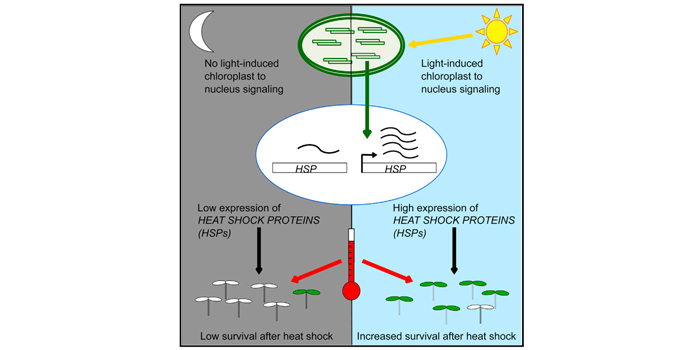
Chloroplast signaling gates thermotolerance in Arabidopsis (Cell Reports)
Plants are able to sense and respond to temperature changes in their environment. However, the mechanism by which high temperature is sensed and then relayed to affect the expression of heat shock transcription factors (HSFs) is unclear. Dickinson et al. demonstrated that Arabidopsis plants show…
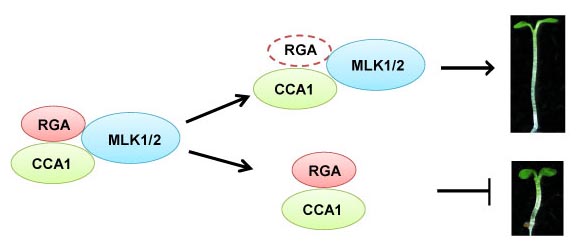
Combining Forces for Hypocotyl Elongation: Histone Modifications, GA, and the Circadian Clock
Zheng et al. discover proteins that mediate interactions between gibberellins and the circadian clock https://doi.org/10.1105/tpc.17.00830
By Han Zheng and Yong Ding
Background: Hypocotyl elongation helps the shoot emerge from the soil surface. The gibberellin (GA) signaling protein RGA inhibits…
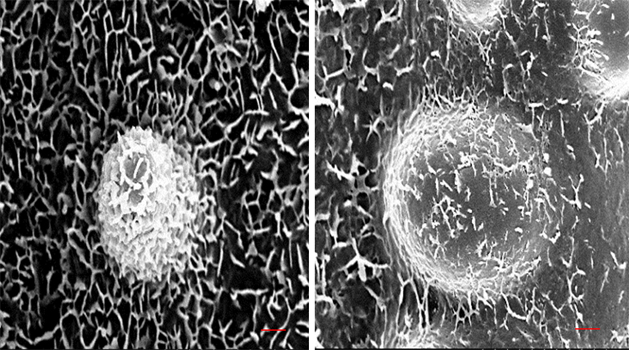
Wax Protects Rice from Drought Stress
Wang et al. investigate how two proteins work oppositely to regulate wax contents and drought stress response in rice https://doi.org/10.1105/tpc.17.00823
By Zhenyu Wang and Qingyun Bu
Background: Rice is a staple food for world populations and its production is threatened by drought stress. Cuticular…

Snapshot of a TF Network in Plants
Li et al. investigate a transcription factor network that transmits environmental signals to regulate secondary metabolism in plants. The Plant Cell https://doi.org/10.1105/tpc.17.00805.
By Baohua Li and Daniel Kliebenstein
Background: Plants produce specialized secondary metabolites to survive…
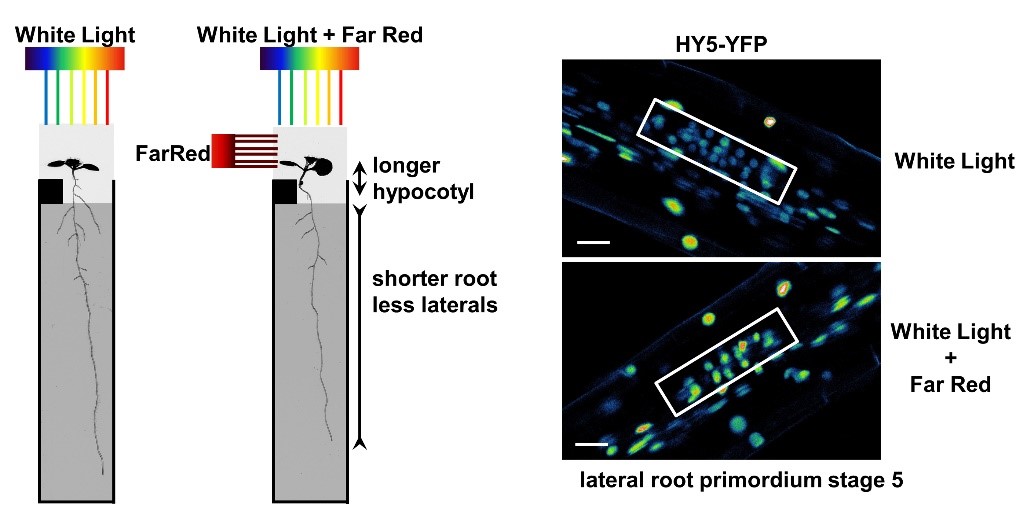
Roots Respond to Aboveground Far-Red Light
van Gelderen and Kang et al. investigate the root response to Far-Red light detection in the shoot. The Plant Cell (2017). https://doi.org/10.1105/tpc.17.00771
By Kasper van Gelderen and Ronald Pierik
Background: Sunlight is the energy source for plants, however, when plants grow closely together…

